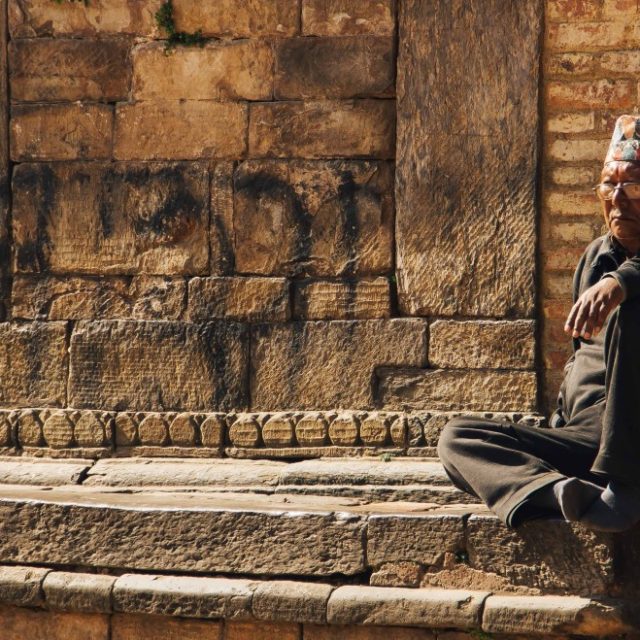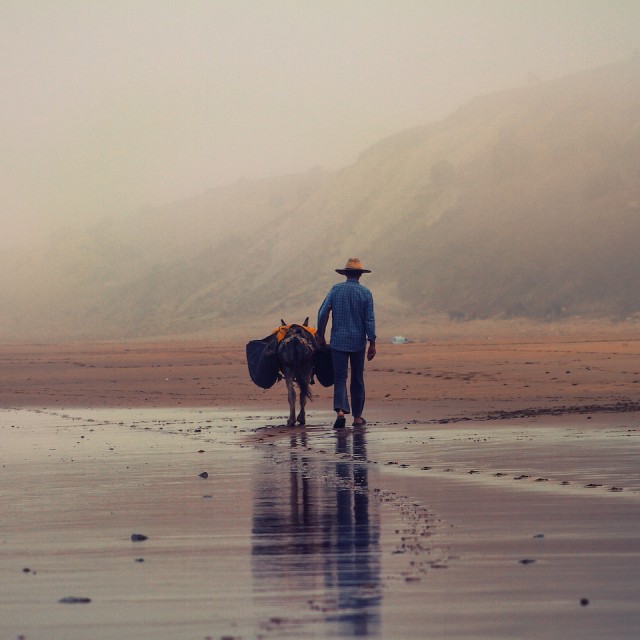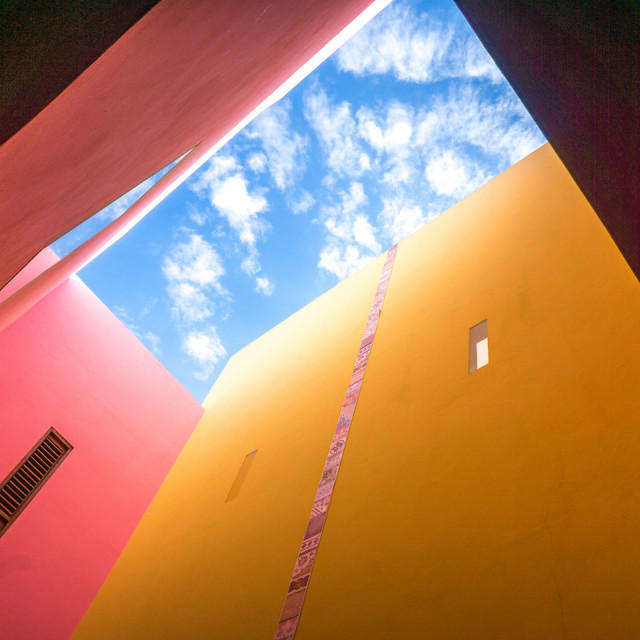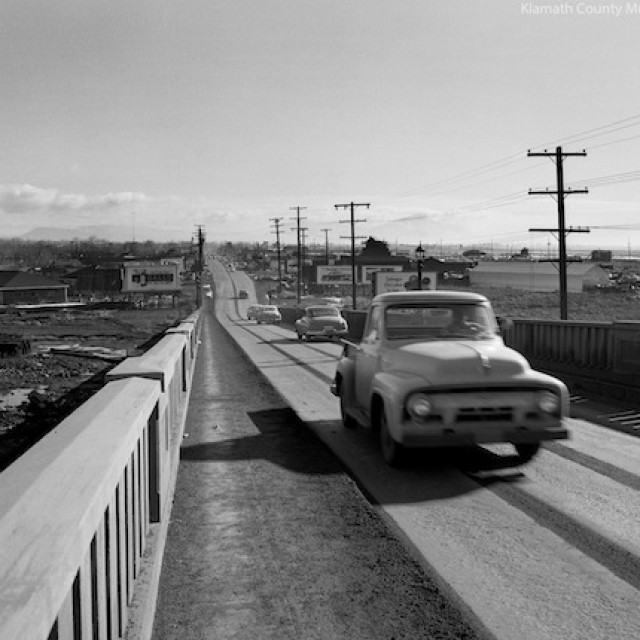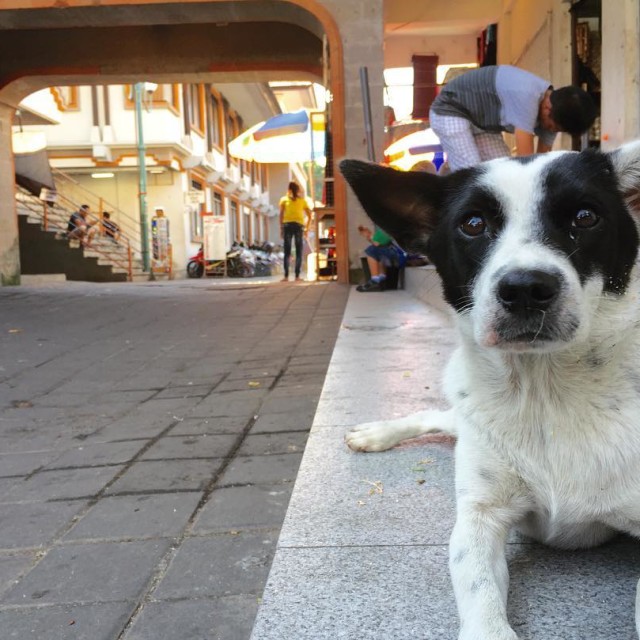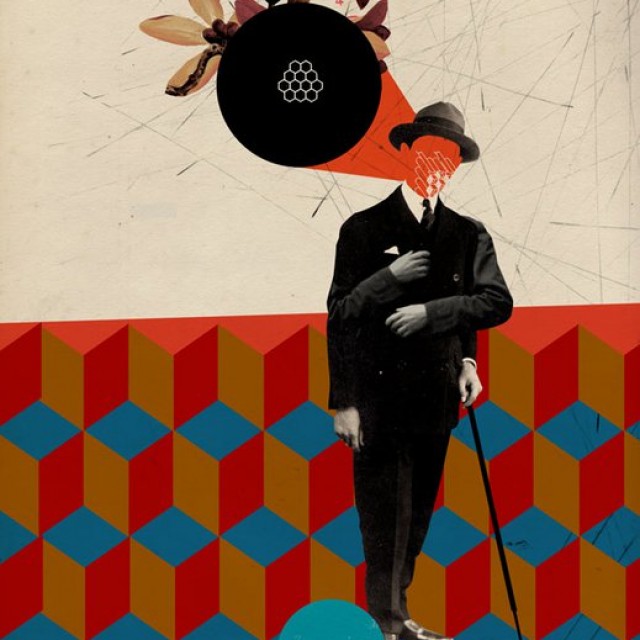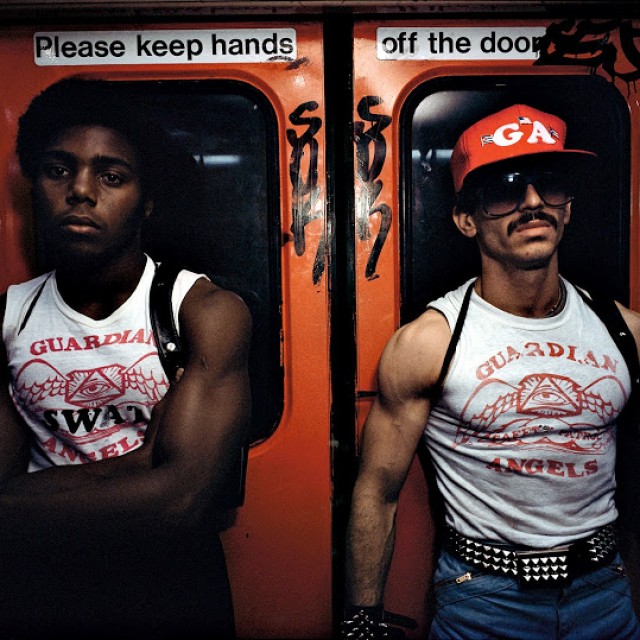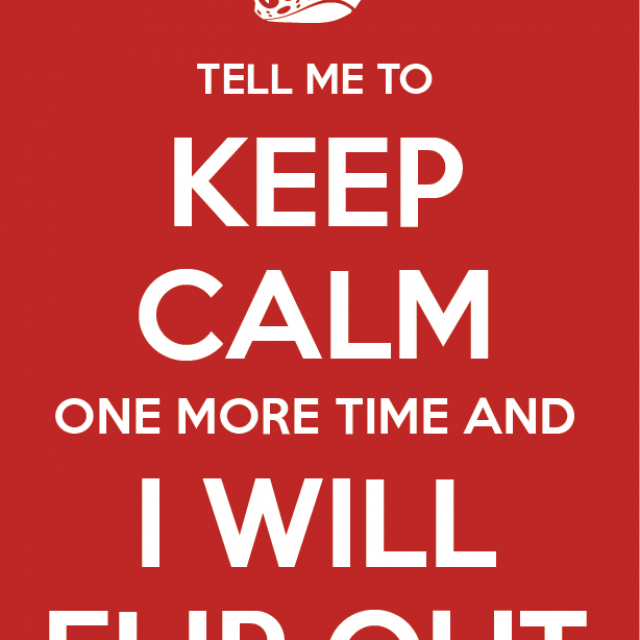When Dove launched its “Real Women” campaign it stood out as a brand that validates each woman for the unique being she is. When combing through a dizzying array of beauty and hygiene products
Culture & Communication
Ethics: Individually Subjective, Universally Objective.
Business Strategy, Culture & Communication
We’re at a point in the evolutionary path of commerce where it’s becoming difficult for consumers to separate business and philosophy. Buyers have so many good options for any given product that they no longer have to settle. This is creating a formidable consumer force that, fortified by unprecedented access to a near-endless supply of information, understands the significant role corporations have in influencing societal outcomes. Continue reading …
Marketing Addiction: Normalization in the indefatigable tobacco industry
Advertising & Marketing, Culture & Communication
Does society think it’s reasonable to profit from someone else’s loss? It certainly seems that way if we look at the tobacco industry. Revenue for U.S. tobacco companies increased 50% from $78 billion in 2001 to $117 billion in 2016. At the same time, the World Health Organization reports that tobacco use is responsible for the death of over seven million people per year. Continue reading …
Humans: Inherently Innovative, Consistently Iterative
Business Strategy, Culture & Communication
Researchers recently discovered evidence of early human innovation dating back to around 320,000 years, about 100,000 years earlier than previous estimates. As part of the Smithsonian Institution’s Human Origins Program, excavations in the Olorgesailie Basin of Southern Kenya resulted in the discovery of advanced tools made of stone and the use of coloring pigments, indicating the presence of complex technological and sociological behaviors. If we look beyond our own species, Homo sapiens, technological innovation dates all the way back to about 1.2 million years ago, when other hominin species crafted large, less intricate handaxes out of stone. Continue reading …
Acting on Cultural Insights to Sustain Business Growth
Business Strategy, Culture & Communication
Cultural awareness is as meaningful as it is meaningless. Without context, culture is merely an environmental observation. Yet, when we diligently look for cues and establish cause and effect, relationships, implications, and hypotheses, we can truly capitalize on cultural awareness. The way we study culture in a business context is important. I have found the anthropologist’s toolkit to be quite handy here.
While statistics, surveys, and focus groups are used to inform cultural awareness, nothing beats the fieldwork of an anthropologist when it comes to generating data and insights, often simultaneously. By being a fly on the wall, observing objectively, interfering only when nature fails to answer questions in a timely manner, we assess our audience in their element, interacting with things, responding to stimuli, and displaying opinions. In the business world, this is a very under-utilized – yet potentially game-changing – methodology. Continue reading …
Data, Culture, and Thinking – Forming the Marketer of the Future
Culture & Communication, Marketing
The development of a strong company culture has been a major prerogative of today’s most successful Chief People Officers. The goal is to unite staff under a banner of shared values, goals, norms, and ethics. Some visionary marketing leaders are leveraging cultural understanding and awareness to drive success.
The value story we tell external audiences must be nothing more than a variation of the internal value story that motivates staff to do their best work.
By aligning internal and external value stories, friction is minimized between audience and brand so all people can thrive, symbiotically. What’s more intriguing to me is just how impactful this is for market strategy, sustained business viability, and high growth. This is modern stuff. As aligned internal and external stories are adopted, the correlation to business performance is plotted as data points. As with any other performance data, this can be used to continuously improve and plan for the future by building out predictive, prescriptive, and anticipatory analytics models. For companies that already have growing data science practices, this is easily within reach.
Continue reading …
We’re All Biased: On Communicating with Purpose
Advertising, Culture & Communication
I’ve been on the road a lot lately. Great memories were made by taking to the road on thousands of miles of highways and byways – traversing metropolitan cities, rural stretches, quaint villages, and international borders. And, just like it was 25 years ago when my family drove thousands of miles coast to coast, billboard advertising is still very much alive in 2017. When you’re driving for hours on end, roadside attractions and billboards offer a fleeting break to the monotony – and it’s so interesting to observe the varying messages and designs, which are markedly different everywhere you go. The fascinating thing about roadside billboard advertising is that you have to be as concise as possible – the impression doesn’t last more than a few seconds. Continue reading …
If you’re visiting Bali, here are a few tips from a friend
Culture & Communication
Bali is bigger than it looks because there is so much to do and so little time. If you are going to Bali for a retreat that is all about sun, sand, and sea it’s pretty obvious you want to head to the coasts. If you’re going to Bali for spirituality and soul searching, those ambitions will take you deeper into the interior of Bali. In this article I share my recent experience visiting Bali. I hope it’s helpful for you.We started our holiday by going to the center of Bali in the beautiful city of Ubud. Ubud is known as the cultural capital of Bali because you find lots of artisans, a lot of folks also visit for spirituality. There are a lot of temples and it is also home of the famous monkey sanctuary and from the town center you choose from a variety of retreats and day trips, some of which head deep into the jungle. You can go to Trip Advisor and figure all of this out, though it’s also pretty easy to go to the center of Ubud right in the heart of the town and pick one of many tour guide companies to book an excursion ranging from visiting rice fields and coffee farms to lesser known temples and zip line tours.I stayed at a resort that I would totally recommend called Ayung Hotel Resort they have reasonable rates that get you a personal villa with a private pool. The villas are all unique and they’re constructed from strong, solid dark stained wood that is carved with intricate patterns. When you arrive, ask for an upgrade nicely and you may get it – we were lucky (and kind). This resort is about 15 minutes from downtown Ubud – and like other hotels in the area they have shuttles that go downtown and pick you up from there at a decent frequency.
In the daytime we visited the Ubud Art Market which is really a bazaar of vendors that sell very similar products like souvenirs, t-shirts, and artisan-made decorations like masks depicting Hindu deities. Definitely don’t be shy and dare to walk deep through the vendor stalls – there are some hidden stalls that most people don’t see from the street level. For example, I bought most of my wooden crafts not from the vendors on the side of the street but upstairs in a little building that houses several indoor vendors. Definitely negotiate starting at a very low offer, in fact, your first offer should be ridiculously low so you can work your way up. If you’re one of the first customers of the day, you’re likely to get a better rate because the first deal usually brings good energy. Of course, at the end of the day these vendors don’t make a fraction of Western incomes – so the goal isn’t to get a “steal” as much as it is to not get ridiculously overcharged. If you don’t bargain, you will end up paying up to 300% more than a person that negotiated. If you feel you got a great deal – I recommend adding a little more on top of the final negotiated cost, the people work very hard and deserve it. As an added bonus you get “good karma.”
Just being in that town was great – lots of little shops, including several clothing designers (we bought a super chic unique, one-of-a-kind, dress you wouldn’t be able to find anywhere else). We also went to the monkey sanctuary which was a great experience, very interesting at least. There are temples within the sanctuary and beautiful landscapes including flowing streams. You do pay a small price to get in and it’s worth it. Don’t buy the fruits that are sold to give to the monkeys — you can just watch other people as they expose themselves to the minor risk of getting bitten, scratched, or just frazzled by one or many monkeys. Rabies would be a terrible addition to your Bali trip – LOL. Definitely hide your valuables and zip up all your bags…they are cheeky monkeys. I caught one on camera when I let him jump on my back — the footage caught the monkey opening my backpack successfully then sticking his grubby paws into it to see what he could grab. Luckily he didn’t take anything but I saw another monkey take someone’s keys. Good luck with getting those back! (you won’t get them back).
Depending upon how much time and energy you have, you should head deeper into the heart of Ubud (or even further to the north of Bali, well past Ubud), away from the center of town for interesting excursions. We could’ve spent another few days in this area and would have ventured to the north of Bali which is supposed to be amazingly beautiful – some areas have scenic mountainous views and there are a few volcanoes as well. We didn’t have time to do this but certainly will on our next journey to Bali.
Our last few days in Bali were more about experiencing the Bali you see in postcards – tropical paradise. We went to the Nusa Dua region which is on the east coast of Bali’s south end. We stayed at the Westin and I’d recommend it. The Nusa Dua neighborhood is highly commercial, you’ll find many of the shops you see at airports and everyone’s spending money at near the same value you spend in developed economies. This is a major contrast with Ubud and other less commercial areas of Bali, where you’re getting a lot of value for each dollar. This was certainly worth it though as we soaked in the sun, drank on the Westin’s own beach section, and relaxed in the facility’s very well featured spa where we got a decent massage and used the cold, hot, and jet pools as well as the steam room and sauna.
One of the things we did that we should’ve done sooner in our trip was to hire a private driver. This makes all the difference for a few reasons: the driver will take you places and wait until you’re done so you don’t have to wait around for a cab; they know the region and will represent your best interests when interacting with other locals; and, it comes out much cheaper, and less of a pricing hassle, than using cabs. Sometimes cabs are difficult to find, they may not drive as far as you’d like, and also require keeping more cash on hand – which is never a good idea when traveling. My Indonesian friend referred me to several drivers and I settled on a great gentleman we built great rapport with. I recommend you set up a schedule ahead of time with your driver, and settle on a fee for the day or a portion of the day. He or she will take good care of you. Let me know if you’d like contact info and I’ll make the introduction for you.
A couple quick tips:
– Don’t carry too much cash on you…the Bali we visited was very safe (the country’s primary industry is tourism so it behooves everyone to treat tourists with deference and care) – but why risk losing the cash? There are ATMs everywhere and to start a day out in Bali with $200 USD in Indonesian Rupiyah is more than enough. Most shops are cash only. To this point, you should get a credit card that doesn’t charge foreign transaction fees – those fees add up very fast.
– Hire a driver, particularly for long days when you expect to be doing lots of tourist activities and excursions. The few extra bucks are totally worth the piece of mind.
– Negotiate everything you buy in the streets.
– Take me with you.
Three Tips for Influencing People That Think Fast and Slow
Culture & Communication, Marketing
A couple years ago, while writing an economic policy paper, I read Daniel Kahneman’s book, Thinking Fast and Slow – a must-read on human behavior, rationality, and the lack thereof. This book validated my own professional experiences doing business with a diverse lot of characters, and opened my eyes to so much I didn’t realize about decision-making. Kahneman won a nobel prize for defining prospect theory, which evolves the longstanding utility theory, by finding that we make decisions not merely by seeking economic rationalization, but by allowing behavioral biases to envision prospective value. Continue reading …
Emmanuel Polanco, A Great Modern Artist.
Culture & Communication, Multimedia
This guy, Emmanuel Polanco has a great eye for design. I stumbled upon this artist while looking up the rap music star school principal by the same name. Add the artist Emmanuel Polanco on Facebook and check out his website: http://www.inmelancholia.com/ Continue reading …
New York City in the 70s and 80s, It used to be Crazy!
Culture & Communication, Multimedia
New York City is still Crazy – and that’s why we love it! But back in the 70s and 80s things were out of control, Warriors style Continue reading …
Tell me to keep calm one more time and I will flip out
Culture & Communication, Multimedia
The original “Keep Calm and Carry On” poster (originally produced in 1939) is a powerful use of typography. It conveys confidence and is more “active” than regular old text on a page. Lately, we’ve seen a lot of funny takes on this poster – but now it’s old.
FROM WIKIPEDIA:
Keep Calm and Carry On was a poster produced by the Government of the United Kingdom in 1939 during the beginning of theSecond World War, intended to raise the morale of the British public in the event of invasion. It had only limited distribution, so was little known. The poster was rediscovered in 2000 and has been re-issued by a number of private companies, and used as the decorative theme for a range of products. There were only two known surviving examples of the poster outside government archives until a collection of 15 originals was brought in to the Antiques Roadshow in 2012 by the daughter of an ex-Royal Observer Corps member.

